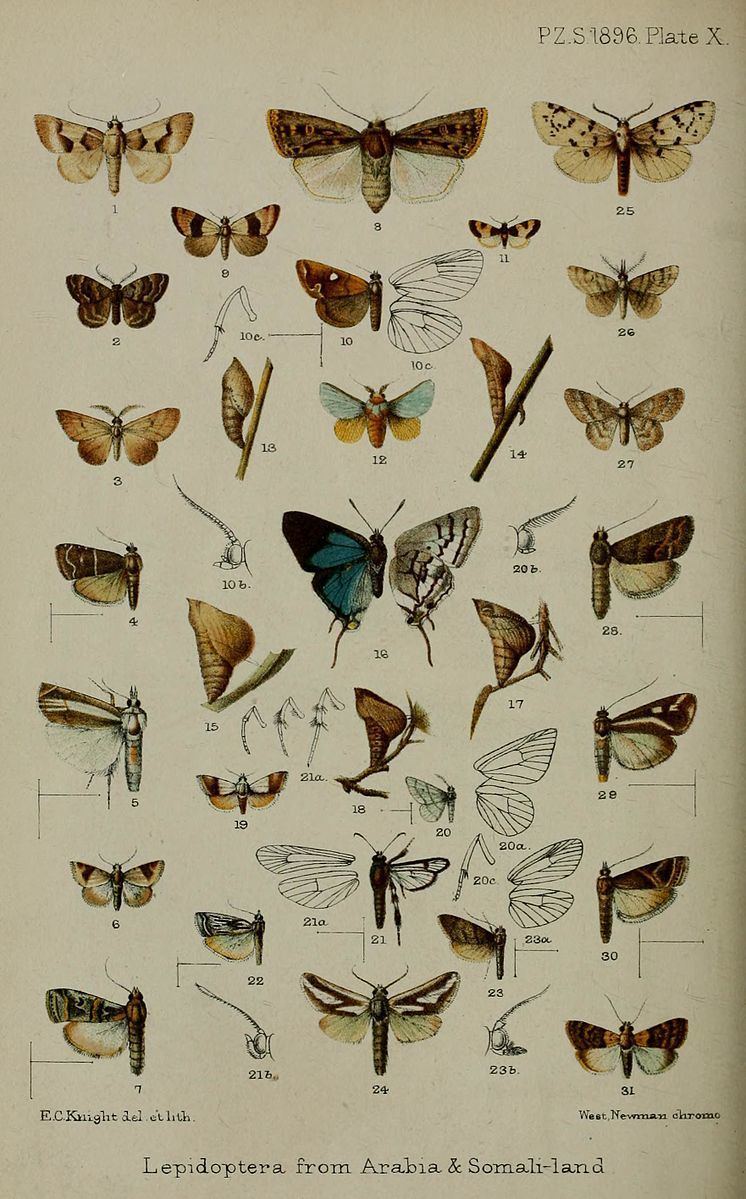Name Charles Nurse | ||
 | ||
Charles George Nurse (1862 Barnham – 5 November 1933, Tunbridge Wells) was an English military officer, naturalist, ornithologist and entomologist. Charles George Nurse was one of many British military officers who made significant contributions to knowledge of the natural history of India. Among his discoveries were a snake, a butterfly, an ant, a neuropteran and about 50 species of moths that he collected were described by G. Hampson and Lord Walsingham. Colonels Cameron and Bingham described 200 species of Hymenoptera from his collections. A species of mosquito that he discovered, Anopheles nursei caused malaria that affected the army campaigns in Mesopotamia.
Contents
Life and career
Charles George was the eldest son of Rev. G.T. Nurse of Barnham and Euston and Mrs F.W. King of Bury St. Edmunds. He went to school at King Edward VI School before joining the Royal Military Academy. A linguist with a sound knowledge of Russian, Hindustani and several Oriental languages he rapidly advanced in his chosen career.
He lived at "Redcote", Rustwick, Rusthall Park after retirement and was a member of the Tunbridge Wells and Counties Clubs. He died of acute pneumonia. He is buried at Rusthall New Cemetery.
Natural history
Nurse had a lifelong interest in birds and as many naturalists did he collected butterflies and moths. This was reinforced when Sir George Hampson and Lord Walsingham and George Hampson, published On moths collected at Aden and in Somaliland. Proceedings of the Zoological Society of London 16:257–283, pl. 10 [2] in 1896. This was based on his specimens and species new to science were described. He later widened his interest, to other orders of insects, especially Hymenoptera. At this time Indian Hymenoptera were neglected. Nurse described many new species and added greatly to knowledge of the group. Many Nurse Hymenoptera specimens were described by Charles Thomas Bingham, Peter Cameron (1907. Description of a new genus and some new species of Hymenoptera captured by Lieut.-Col. C.G. Nurse at Deesa, Matheran and Ferozepore. Journal of the Bombay Natural History Society, 17: 1001-10012; 18: 130-1360 and Claude Morley in The Fauna of British India, Including Ceylon and Burma.
Collections
The Nurse collection is in the Natural History Museum, London. "By the will of the late Lieut.-Col. C. G. Nurse, the Trustees of the British Museum (Natural History) have received a bequest of 3,000 Indian insects mostly obtained at Quetta, Deesa and Jubbulpore, where Col. Nurse served with the Indian Army. Col. Nurse was one of the small band of naturalists among military officers who devoted their leisure to the study of entomology, and was an enthusiastic collector of Hymenoptera, forming a large and valuable collection which he presented to the Museum a few years ago. The present bequest comprises the remainder of his Indian insects and includes about 1,450 Diptera (two winged flies), 1,300 butterflies, 130 dragon-flies and some others; of these the most valuable are the Diptera. The collection is especially rich in species of the family Bombyliidae, most of which are parasitic in the larval state on bees or wasps. Col. Nurse discovered and described fourteen species of this family which were new to science, and types of these are in the collection, as well as specimens of a number of other flies which were not previously represented in the Museum. Some interesting butterflies and other insects from Aden are included.’ Recent Acquisitions at the Natural History Museum Nature 133: 323 -323 (3 March 1934)
Societies
Charles George Nurse was a member of the Bombay Natural History Society (Managing Committee). He was elected a fellow of the Entomological Society of London in 1895 and a special life fellow in 1932.
Eponyms
A species of snake, Leptotyphlops nursii, is named in his honor.
Works
Partial and intended to illustrate the diversity of Nurse's natural history interests.
